Gas Fireplace Trim
Gas fireplaces have become a popular choice for homeowners looking to add warmth and ambiance to their living spaces. However, while the fireplace itself is often the focal point, the trim surrounding it can elevate the look, blending it seamlessly with the room’s decor or making it a bold statement. Selecting the right trim for a gas fireplace involves understanding different materials, styles, and finishes to ensure your fireplace achieves a cohesive, polished look. Here’s a guide to help you choose and install the perfect gas fireplace trim.
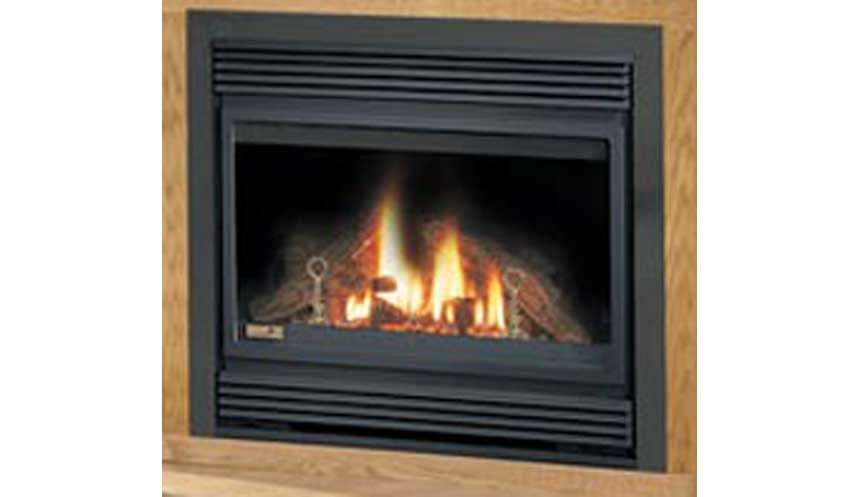
Understanding the Importance of Gas Fireplace Trim
Gas fireplace trim is more than just a decorative addition. It provides a finished look to the installation, covering gaps between the fireplace unit and the wall, which can be unsightly. The trim also plays a role in enhancing the aesthetic appeal of your fireplace, turning it into a centerpiece that complements your interior design. Without a well-chosen trim, a fireplace can look incomplete and may not blend well with the surrounding elements in the room. The right trim serves both an aesthetic and functional purpose, protecting the wall from heat exposure and giving a polished touch to the entire setup.
In addition to aesthetics, the trim is crucial for safety and functionality. Quality fireplace trim can help contain heat more effectively and offer protection to the surrounding wall materials. When installed correctly, the trim can prevent the transfer of heat to the wall, reducing the risk of damage over time. This is particularly important for gas fireplaces that reach high temperatures, as the trim creates a barrier between the fireplace and potentially flammable wall materials. Thus, choosing trim made from heat-resistant materials is vital for both safety and durability.
Moreover, fireplace trim comes in various materials, each with its unique properties and suitability for different designs. From metal to stone and wood, every material offers different advantages. While metal trims are known for their durability and modern look, wood trims provide warmth and a traditional feel, while stone trims bring an element of natural beauty. Understanding these options allows homeowners to find the best match for their fireplaces and the overall style of their homes.

Popular Trim Materials for Gas Fireplaces
When it comes to choosing a trim material for gas fireplaces, there are numerous options, each offering distinct aesthetics and performance benefits. Metal trims, for instance, are highly popular due to their durability and sleek look. Stainless steel and brushed nickel are common choices for modern or industrial-style interiors, providing a sophisticated, streamlined appearance. These metal trims are not only heat-resistant but also easy to maintain, making them ideal for high-traffic living spaces.
Wood trims offer a more classic, warm appearance that complements traditional or rustic home styles. Oak, pine, and mahogany trims are often selected for their timeless appeal, bringing a touch of elegance and coziness to a room. However, wood trims require a bit more care, as they are more susceptible to damage from heat. Many homeowners opt for treated or heat-resistant woods to ensure longevity and reduce maintenance needs. The finish on wood trims can be customized, allowing you to stain or paint it to match other woodwork in the room.
Stone trims, such as granite, marble, or slate, create a luxurious, natural look that adds texture and depth to the fireplace. These trims are perfect for adding an earthy, solid feel to contemporary or minimalist designs. Stone trims are known for their heat resistance and durability, making them a practical option. They are, however, often heavier and more challenging to install than other materials, sometimes requiring professional assistance to ensure a secure fit around the fireplace.

Choosing the Right Trim Style for Your Fireplace
Selecting a trim style for your gas fireplace is all about complementing the design of the room and highlighting the fireplace’s role within it. Modern fireplace trims often feature clean lines and minimalistic designs. Sleek metal trims, for example, align well with contemporary spaces that favor simplicity and elegance. Their straightforward design allows the fireplace to blend seamlessly with the room, maintaining a sleek and uncluttered look. Modern trims are generally low-profile, so they don’t overshadow the fireplace itself.
On the other hand, traditional trims tend to be more elaborate, with ornate details and intricate moldings. This style works well in rooms with classic or vintage décor, where the trim can become a statement piece. Traditional trims often incorporate wood or faux wood materials, painted or stained in rich hues to evoke an old-world charm. Some even include decorative embellishments, such as rosettes or corbels, which add a touch of sophistication to the fireplace.
Transitional trim styles combine elements from both modern and traditional aesthetics. They’re ideal for homeowners who want a mix of both worlds, providing a balanced, timeless look. Transitional trims often use simple shapes but with added texture or unique finishes, creating a versatile appearance that fits in almost any room. For example, a sleek stone trim with subtle carvings can provide an understated elegance that appeals to a variety of design preferences.

Installation Tips for Gas Fireplace Trim
Installing gas fireplace trim requires careful planning and precision to achieve a professional look. One of the most important steps is measuring accurately to ensure the trim fits the fireplace opening perfectly. Before you begin, take precise measurements around the fireplace unit, accounting for any additional framing that may be needed. It’s a good idea to double-check your measurements before purchasing materials, as trimming down pre-made pieces can be challenging.
Preparation of the wall surface is equally important to achieve a seamless installation. Ensure the area around the fireplace is clean, free of debris, and primed for installation. For heavier trims, such as stone, reinforcing the wall may be necessary to support the weight. Using adhesive suitable for high-heat applications is also recommended to keep the trim securely in place. Make sure to follow the manufacturer’s installation guidelines, as improper installation can lead to gaps or warping over time.
If you’re not confident in your DIY skills, consider hiring a professional to install the trim. A skilled installer can ensure a tight fit and proper heat protection, making sure the trim enhances the fireplace without any safety concerns. Professionals can also advise on specific requirements for gas fireplace installations, such as venting needs and insulation, which are essential for maintaining the trim’s durability and safety over time.
Maintenance Tips for Gas Fireplace Trim
Maintaining your gas fireplace trim is crucial to keep it looking new and prolonging its lifespan. Each material requires a unique maintenance routine, so it’s essential to understand the specific care needs of your chosen trim. For example, metal trims may simply need occasional dusting and a mild cleaning solution to keep them shiny. Avoid using abrasive cleaners, as these can damage the finish and lead to discoloration or scratches.
Wood trims need a bit more care, especially in terms of avoiding exposure to moisture and high heat. Regular dusting is recommended, along with periodic applications of wood polish to preserve the finish. For heat-treated or lacquered wood, only use products specifically designed for wood to avoid damaging the surface. Any visible scratches or chips can be touched up with wood stain or paint for a refreshed look.
Stone trims are generally low-maintenance, but it’s important to clean them regularly to prevent dust buildup. Use a soft cloth and a non-abrasive cleaner designed for natural stone, and avoid using acidic cleaners, which can erode the surface. For a higher level of protection, you may want to seal stone trims annually to help repel stains and maintain their natural luster. With proper care, your fireplace trim can remain beautiful for years to come.

Dimplex DFI23TRIMX Expandable Trim Kit for Electric Fireplace Insert – Fireplacess.com
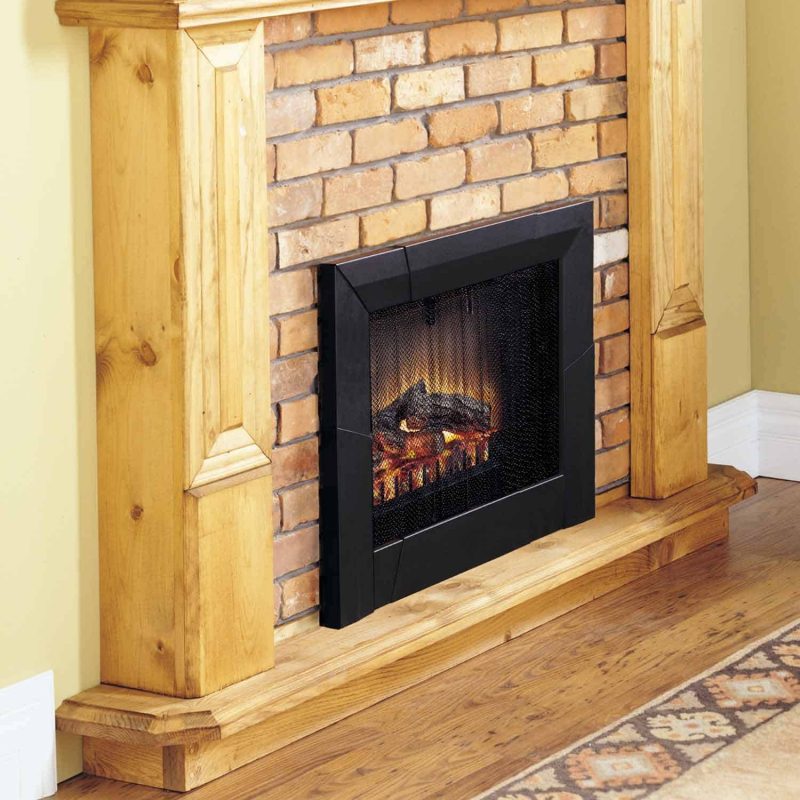
CL50 Linear Series Direct Vent Gas Fireplace Shop Gas Fireplaces & Inserts Metalworks HVAC
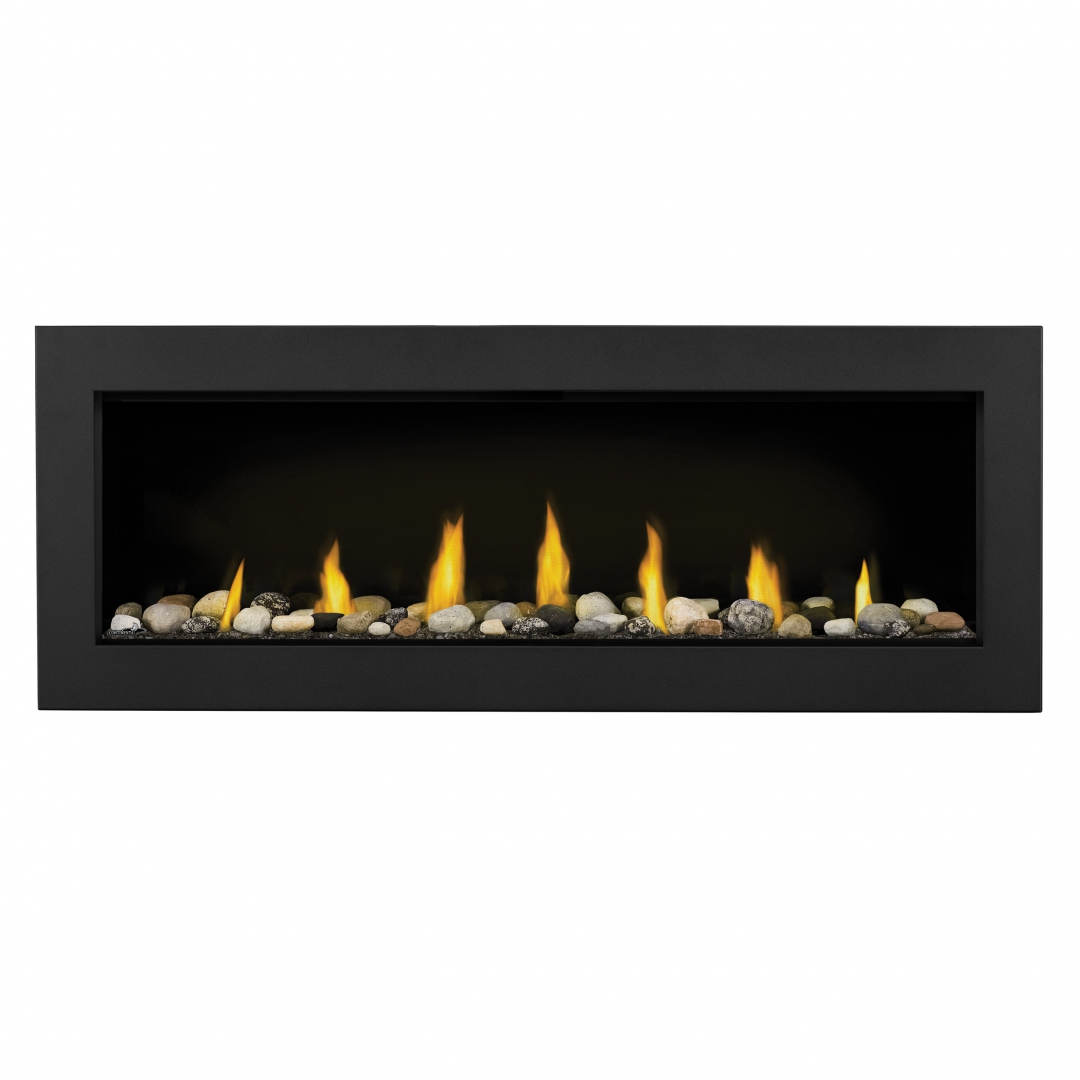
More Info Gas fireplace insert, Valor fireplaces, Contemporary gas fireplace

Gas Fireplace Insert Trim Kit – Fireplace Guide by Linda
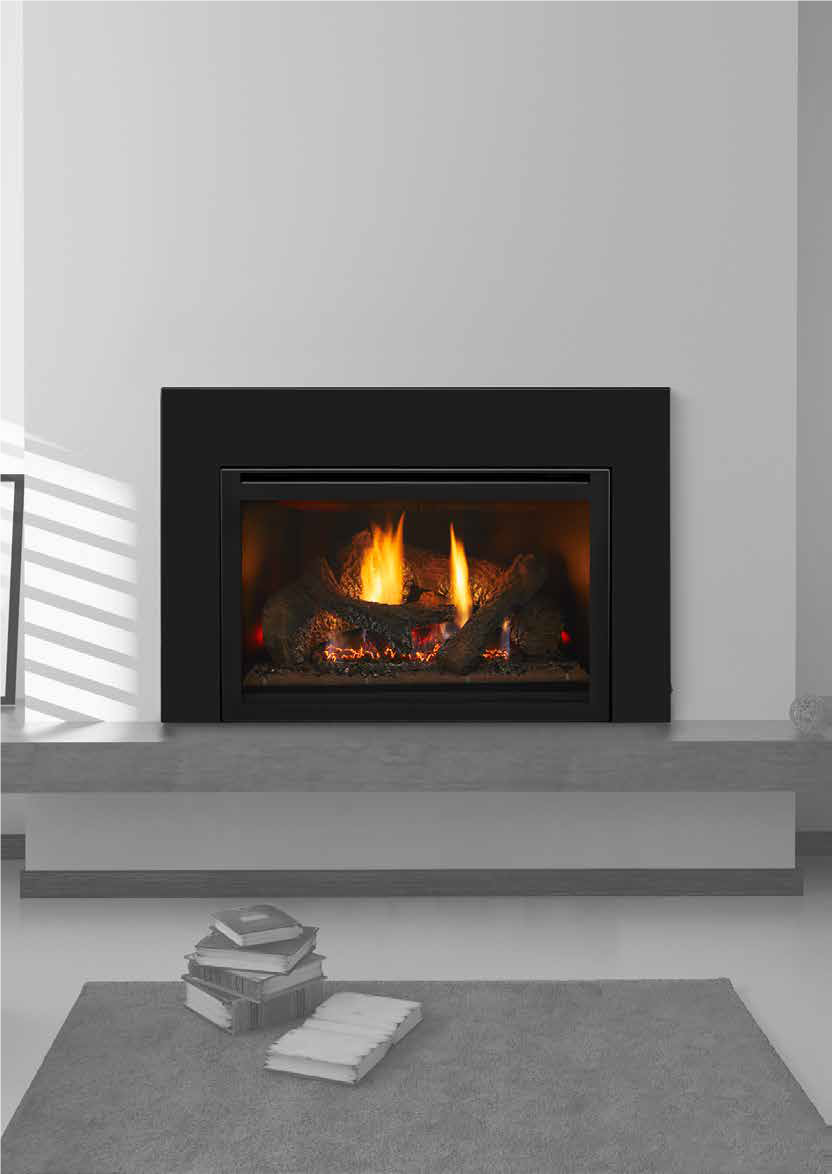
Valor G4 785JLN Gas Fireplace Insert with 5″ Bronze Trim Surround. Gas fireplace insert

Artisan-Denver-Brushed-trim Living room tv wall, Fireplace design, Wall gas fires

3″ Bevelled Trim Kit For 36″ Fireplaces Shop Fireplace Accessories Metalworks HVAC Superstores
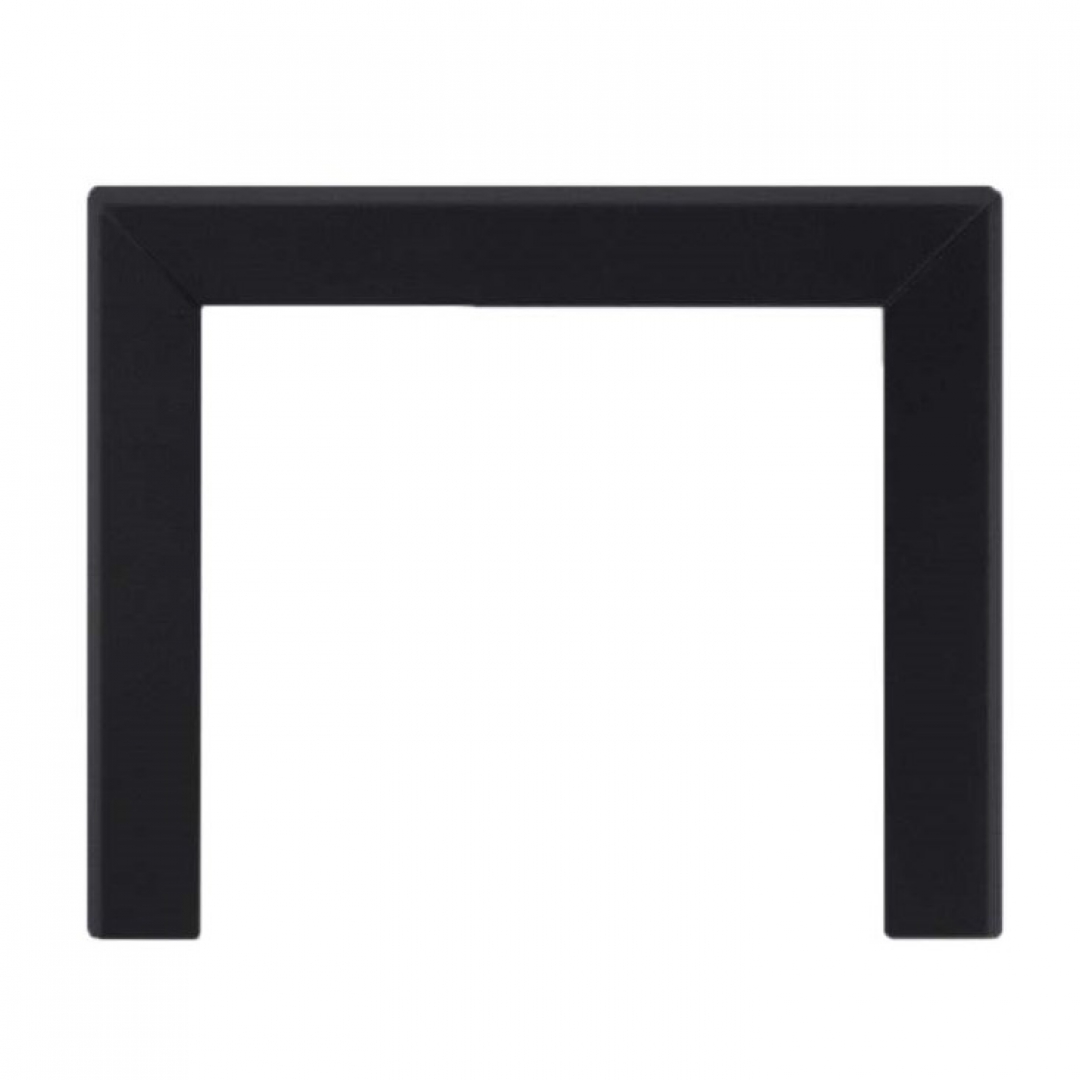
Related Posts:
- Regency Gas Fireplace Prices
- Gas Fireplace Crackle Box
- LP Gas Fireplace Vent Free
- Ventless Gas Fireplace Carbon Monoxide
- Gas Fireplace Leak
- DIY Outdoor Gas Fireplace Kits
- Gas Fireplace Accent Wall
- Gas Fireplace Temperature
- Gas Fireplace Heat Output
- Fireplace Gas Valve Key Extension
Gas fireplaces have become a popular choice for homeowners looking to add warmth and ambiance to their living spaces. One key element of a gas fireplace is the trim, which not only serves a functional purpose but also adds an aesthetic touch to the overall design. In this guide, we will explore the benefits of gas fireplace trim, the pros and cons of different trim options, common mistakes to avoid, and frequently asked questions related to gas fireplace trim.
Benefits of Gas Fireplace Trim:
Enhances the overall look: Gas fireplace trim can significantly enhance the appearance of your fireplace by adding a decorative touch. Whether you choose a simple, clean-lined trim or a more elaborate design, the right trim can help tie the room together and create a focal point in your space.
Conceals unsightly gaps: Gas fireplaces often come with gaps between the unit and the surrounding wall or mantel. Trim can be used to cover these gaps and create a seamless transition between the fireplace and its surroundings, giving your fireplace a polished and finished look.
Provides protection: In addition to its aesthetic benefits, gas fireplace trim also offers practical advantages. Trim can help protect the edges of your fireplace from damage, such as chipping or cracking, ensuring that your fireplace remains in good condition for years to come.
Customization options: Gas fireplace trim comes in a variety of materials, finishes, and styles, allowing you to customize your fireplace to suit your personal taste and home décor. Whether you prefer a traditional wood trim or a modern metal finish, there are plenty of options available to help you achieve the look you desire.
Pros and Cons of Different Trim Options:
Wood trim: Wood trim is a popular choice for gas fireplaces due to its classic look and versatility. Wood trim can be painted or stained to match your existing décor and can be easily customized to fit any size or shape of fireplace. However, wood trim may require more maintenance than other materials and is susceptible to warping or cracking over time.
Metal trim: Metal trim is another common option for gas fireplaces, offering a sleek and modern look. Metal trim is durable and easy to clean, making it ideal for high-traffic areas or homes with pets or children. However, metal trim can be more expensive than wood trim and may not offer as much customization in terms of color or finish.
Stone trim: Stone trim provides a rustic and natural appearance that can add warmth and charm to any room. Stone trim is durable and low-maintenance, making it a popular choice for homeowners looking for long-lasting quality. However, stone trim can be heavy and may require professional installation.
Tile trim: Tile trim offers endless design possibilities with a wide range of colors, patterns, and textures available. Tile trim is easy to clean and resistant to heat and moisture, making it suitable for use around gas fireplaces. However, tile trim may be more fragile than other materials and can be prone to chipping or cracking if not properly installed.
Common Mistakes to Avoid:
Neglecting proper measurements: One common mistake when choosing gas fireplace trim is failing to take accurate measurements of your fireplace opening before purchasing trim. This can result in ill-fitting or mismatched trim that detracts from the overall look of your fireplace.
Choosing an incompatible material: Another mistake to avoid is selecting a trim material that is not suitable for use around gas fireplaces. For example, using flammable materials such as fabric or untreated wood near a gas fireplace can pose a safety hazard.
Ignoring maintenance requirements: It’s important to consider the maintenance requirements of different types of fireplace trims before making your selection. Neglecting routine maintenance tasks such as cleaning or refinishing can result in premature wear and damage to your fireplace trim.
Overlooking professional installation: While some types of gas fireplace trims may be DIY-friendly, others may require professional installation to ensure proper fit and function. Skipping professional installation could result in costly mistakes or safety hazards down the line.
Can I install gas fireplace trim myself?
While some types of gas fireplace trims may be suitable for DIY installation, it’s recommended to consult with a professional if you’re unsure about proper installation techniques or safety precautions.
How do I clean and maintain my gas fireplace trim?
The cleaning and maintenance requirements for gas fireplace trims vary depending on the material used. Consult the manufacturer’s guidelines for specific care instructions.
Can I change my gas fireplace trim after installation?
In most cases, it is possible to change out your gas fireplace trim after installation if you decide on a different style or material later on.
Are there any safety concerns associated with gas fireplace trims?
It’s important to select materials that are heat-resistant and non-flammable when choosing gas fireplace trims to minimize safety risks.
How do I choose the right size of gas fireplace trim?
Measure your fireplace opening carefully before selecting a size for your gas fireplace trim to ensure a proper fit that complements your space effectively.
Gas fireplace trim plays an essential role in both enhancing the appearance of your gas fireplace and protecting it from damage over time. By considering the benefits, pros, and cons of different trimming options, avoiding common mistakes during installation, and cleaning & maintaining them properly; you can create an attractive focal point in your living space that adds both warmth & style. Additionally, by addressing frequently asked questions related to gas fireplace trim, you can make informed decisions when selecting and installing trim for your gas fireplace.
Whether you choose wood, metal, stone, or tile trim, it’s important to prioritize safety, proper measurements, and maintenance to ensure that your gas fireplace trim looks great and functions effectively for years to come. With the right trim in place, you can enjoy the cozy ambiance and aesthetic appeal of your gas fireplace with confidence. If you are considering adding gas fireplace trim to your home, be sure to take the time to explore the various options available and carefully consider the benefits, pros, and cons of different materials, avoiding common mistakes during installation, and addressing any maintenance requirements. By doing so, you can create a beautiful and functional addition to your living space that enhances the overall look of your fireplace while providing protection and customization options.
With the right gas fireplace trim in place, you can enjoy the warmth and ambiance of your fireplace with peace of mind, knowing that it has been carefully selected and installed to meet your specific needs. Whether you prefer a classic wood trim, a modern metal finish, a rustic stone trim, or a colorful tile trim, there are plenty of options available to help you achieve the look you desire. By following these guidelines and answering frequently asked questions related to gas fireplace trim, you can make an informed decision that will enhance your home’s aesthetic appeal and create a cozy atmosphere for years to come.
Overall, gas fireplace trim is a versatile and functional element that can enhance the overall look of your fireplace while providing protection and customization options. By carefully considering the benefits, pros, and cons of different materials, avoiding common mistakes during installation, and addressing any maintenance requirements, you can create a beautiful and functional addition to your living space that enhances the overall look of your fireplace.
With the right gas fireplace trim in place, you can enjoy the warmth and ambiance of your fireplace with peace of mind, knowing that it has been carefully selected and installed to meet your specific needs. Whether you prefer a classic wood trim, a modern metal finish, a rustic stone trim, or a colorful tile trim, there are plenty of options available to help you achieve the look you desire. Follow these guidelines and frequently asked questions related to gas fireplace trim to make an informed decision that will enhance your home’s aesthetic appeal and create a cozy atmosphere for years to come.